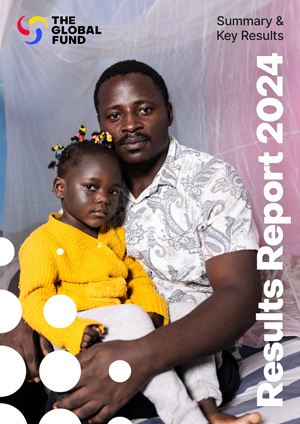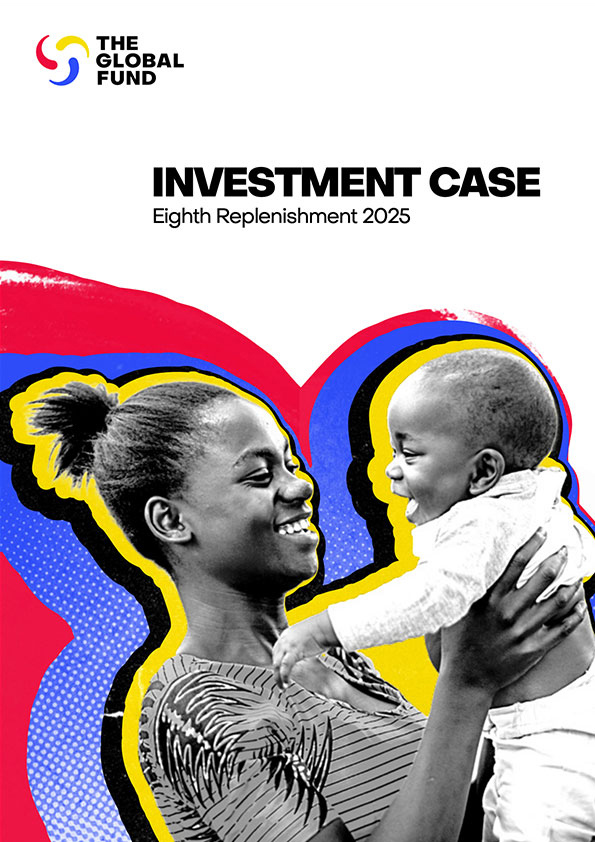Preventing mother-to-child transmission of HIV is critical to achieving Millennium Development Goals in Africa
27 July 2010
Kampala, 27 July 2010 – Investing in the health of women and children was the focus of the high-level Summit of the African Union held 25-27 July in Kampala, Uganda. The meeting, attended by more than 35 Heads of State and politicians, highlighted progress and challenges in advancing Millennium Development Goals (MDGs) 4 and 5, which call for reducing child mortality and improving maternal health.
With only 11% of the world’s population, Africa accounts for more than half of all maternal and child deaths. Despite advancements in global health, the African continent has the world’s highest maternal mortality ratio and infant mortality rate. Progress towards MDGs 4 and 5 has been slow at best, hindered in many countries by a lack of financial resources for health and programme management.
“I strongly believe that a new movement is possible to prevent mothers from dying and babies from becoming infected by HIV,” said President Wade of Senegal, who introduced an agenda item on mother-to-child transmission of HIV at the Summit. “Progress in maternal and child health in Africa—indeed progress in the health of our populations in general—are hugely dependent on progress in the AIDS response.”
According to a recent study published in The Lancet, progress in reducing maternal mortality has been slowed by the ongoing HIV epidemic. According to the study, there were an estimated 343 000 maternal deaths in 2008. An additional 60 000 lives could be saved each year if women received appropriate HIV diagnosis and treatment, researchers reported.
UNAIDS Executive Director Michel Sidibé reminded meeting participants of the critical link between the AIDS response and maternal and child health. Globally, AIDS is the leading cause of death among women of reproductive age. In many countries on the African continent, AIDS is the leading cause of death among infants and young children. Each year, nearly 400 000 children in Africa are born with HIV.
While in Kampala, Mr Sidibé reiterated his call for the virtual elimination of mother-to-child transmission of HIV as an achievable goal. He noted, however, that achieving an HIV-free generation—together with MDGs 4 and 5—will depend heavily on strengthened health systems.
“Mother-to-child transmission of HIV has been virtually eliminated in the global North. It is unacceptable that so many babies continue to be born with HIV in Africa,” said Mr Sidibé. Countries such as Botswana have already reached universal access targets for the prevention of mother-to-child transmission of HIV. Many other countries are close behind.
Mr Sidibé was joined at the Summit by Prof. Michel Kazatchkine, Executive Director of the Global Fund to Fight AIDS, Tuberculosis and Malaria, who urged African leaders to mobilize more resources for the AIDS response. “The Global Fund has so far invested more than USD 11 billion in Africa helping countries to reduce maternal and child mortality through targeted interventions addressing AIDS, TB and malaria which are still major killers of African women and children. This support should increase further to meet even better the needs of countries,” said Prof. Kazatchkine.
The lives of mothers and their babies can be saved through a combination of HIV testing and counselling, access to effective antiretroviral prophylaxis and treatment, safer delivery practices, family planning or the safe use of breast-milk substitute. The recent announcement at the XVIII International AIDS Conference that a vaginal gel containing the antiretroviral drug tenofovir had been successfully tested opens a potential new avenue for HIV prevention among women.







